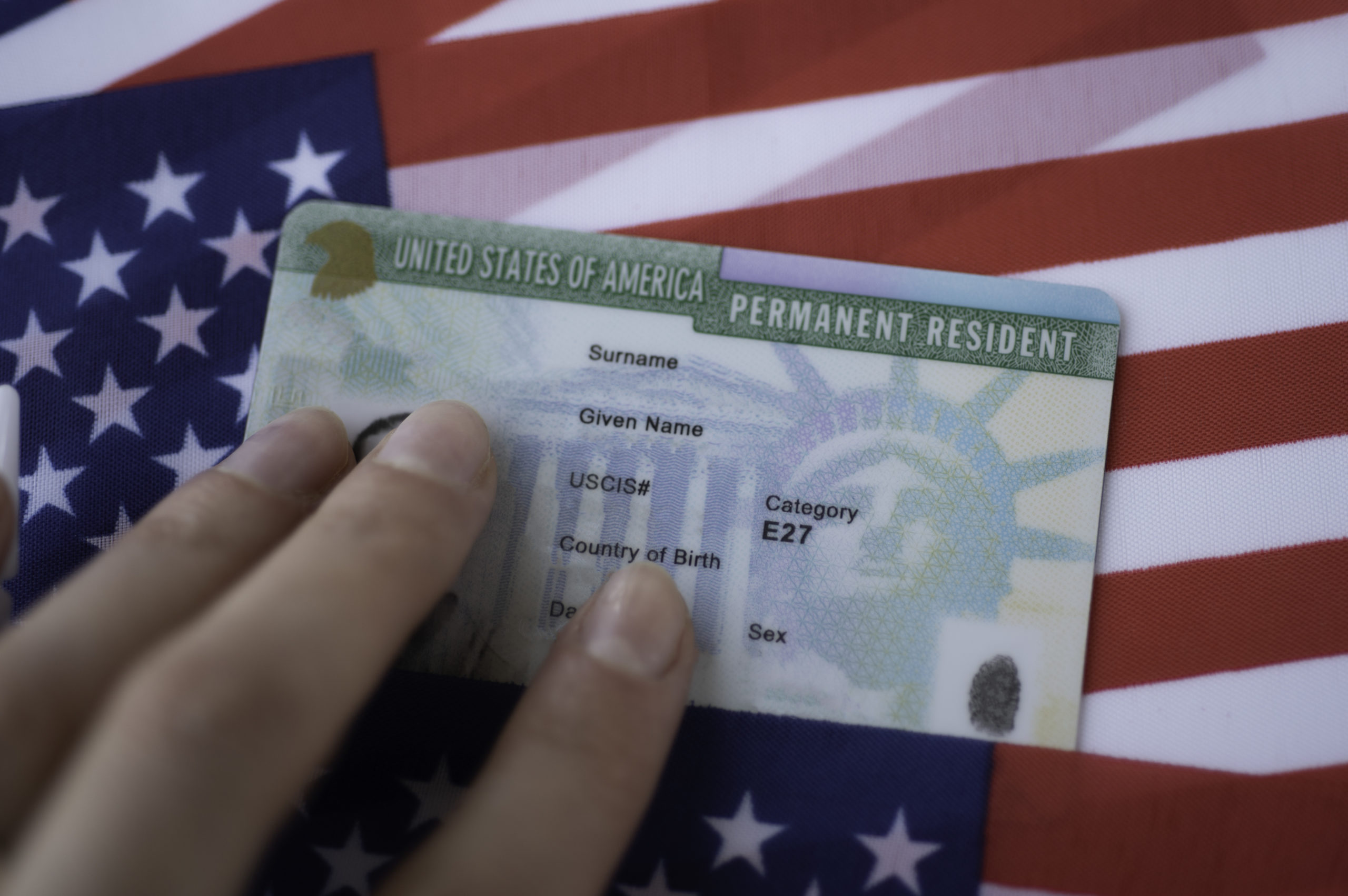Maria Gonzalez had crossed the border from Mexico with her two young children five years ago, fleeing violence and seeking a fresh start in Los Angeles. She worked two jobs cleaning offices, her English halting at best, but she dreamed of stable housing through the U.S. Department of Housing and Urban Development (HUD). One afternoon in 2024, she sat in a crowded HUD office, staring at a stack of forms—all in English. The clerk shrugged when she asked for a Spanish version: "Sorry, ma'am, we're English-only now." Confused and frustrated, Maria pieced together what she could with a phone translation app, but she missed key details about eligibility. Months later, her application was denied for incomplete information. The stress exacerbated her diabetes, and during a hospital visit, a miscommunication with an English-speaking doctor led to a wrong dosage of medication. Her son, meanwhile, struggled in school, his teachers unaware of the language barriers at home that left him falling behind in reading. Maria's story isn't unique; it's a quiet epidemic unfolding across America, where English-only policies are quietly eroding access to essential public services for millions of immigrants.
In recent years, the push for English as the official language has gained momentum, particularly under the Trump administration's revival of such initiatives. In March 2025, President Trump issued Executive Order 14224, designating English as the sole official language of the United States, emphasizing "shared American values" and redirecting resources toward English proficiency programs. This order built on earlier efforts, but its implementation hit HUD hardest. By August 2025, HUD Secretary Scott Turner announced an English-only policy, removing translated documents from the agency's website and mandating that all communications, notices, and in-person assistance be conducted exclusively in English. Previously, HUD provided materials in multiple languages to assist limited English proficiency (LEP) populations, who make up about 8% of the U.S. population—over 26 million people. Critics argue this shift not only disrupts housing access but symbolizes a broader marginalization of immigrant communities in public services. As one advocate from the National Immigrant Law Center noted, these changes "do not erase civil rights law" but attempt to dismantle decades of language access protections. The hidden costs? Increased inequality in healthcare and education, where language barriers already amplify vulnerabilities.
Let's turn first to healthcare, where the stakes are life-or-death. For non-English speakers like Maria, navigating medical systems without adequate language support heightens the risk of misdiagnosis and errors. A study from the National Center for Biotechnology Information highlights that LEP patients face higher rates of inadequate communication, leading to medication errors and procedural complications. In one alarming statistic, nearly 50% of adverse events reported among LEP patients result in physical harm, compared to just 30% for English-proficient patients. This disparity isn't abstract; it's rooted in real-world scenarios. Consider emergency departments: Research from the Annals of Emergency Medicine shows that non-English-speaking patients undergo more diagnostic tests and have higher admission rates due to unclear histories, often stemming from language mismatches. Dr. Alicia Fernandez, a professor at the University of California, San Francisco, who specializes in health disparities, explains that "language barriers create a cascade of risks—misunderstood symptoms, incorrect treatments, and ultimately poorer outcomes." Under Trump-era policies, federal agencies like the Department of Health and Human Services have scaled back multilingual resources, echoing HUD's moves and exacerbating these issues. For immigrants, this means longer wait times, avoidable hospitalizations, and even preventable deaths. A 2024 Kaiser Family Foundation survey revealed that half of LEP immigrants report facing language barriers in healthcare, leading to delayed care and worsened chronic conditions. These aren't just numbers; they're families like Maria's, where a simple mistranslation can turn a routine checkup into a crisis.
The ripple effects extend into education, where language barriers perpetuate cycles of inequality for immigrant children. In the U.S., about 47% of immigrant adults have limited English proficiency, and this often translates to challenges for their kids in school. Over 4.8 million LEP students are enrolled in K-12 programs, yet many face inadequate support amid policy shifts toward English immersion. Trump's administration rescinded guidance for English learners, redirecting funds away from bilingual programs and toward English-only approaches. This has widened gaps: Hispanic students, who comprise a large portion of immigrant youth, have graduation rates hovering around 80%, compared to 89% for White students, with language barriers cited as a key factor. A report from the Economic Policy Institute underscores how low socioeconomic status intertwined with language issues leads to lower cognitive skills at school entry, setting children back from day one. Experts like Patricia Gándara, a UCLA professor and co-director of the Civil Rights Project, argue that "denying multilingual support doesn't accelerate English learning; it isolates students and deepens educational divides." In practical terms, this means immigrant kids miss out on parental involvement—parents like Maria can't fully engage in parent-teacher conferences or homework help without translations. The Urban Institute's research shows that first-generation immigrant parents have lower English fluency, limiting their advocacy and contributing to higher dropout rates among their children. As policies like HUD's English-only stance bleed into broader federal directives, schools in immigrant-heavy districts struggle with reduced federal aid for language programs, leaving vulnerable students further behind.
These policies don't exist in a vacuum; they invite significant legal scrutiny. Title VI of the Civil Rights Act of 1964 prohibits discrimination based on national origin, which courts have interpreted to include language access in public services. Advocacy groups like the ACLU and the National Immigration Law Center have already signaled challenges to Executive Order 14224, arguing it undermines equal protection under the law. In workplaces, the Equal Employment Opportunity Commission (EEOC) has long viewed blanket English-only rules as potentially discriminatory, requiring employers to justify them as business necessities. Extending this to public services, experts warn of lawsuits: A TESOL position paper notes that English-only provisions "penalize English language learners by limiting their access," potentially violating federal mandates. Recent cases, such as those against state-level English-only initiatives, have succeeded by demonstrating disparate impact on minorities. The Department of Justice's own memo enforcing the order has drawn fire for ignoring these precedents, with critics like those from The Century Foundation calling it a step toward "English-plus, not English-only" to uphold civil rights. As one legal scholar put it, "This isn't about unity; it's about exclusion, and the courts will likely push back."
Amid these challenges, the case for multilingual services is compelling and backed by experts across fields. Providing translations and interpreters isn't a luxury—it's a pathway to equity and efficiency. In healthcare, multilingual approaches reduce errors and build trust, as noted by the Agency for Healthcare Research and Quality, which estimates that 8.6% of the population risks adverse events due to language barriers. Educators advocate for bilingual programs, which research shows foster faster English acquisition while preserving cultural identity. Broader benefits include economic gains: Multilingual public servants enhance community engagement, as highlighted by Language Testing International, leading to safer neighborhoods and better compliance with services. Experts like those from ACTFL emphasize that language skills boost U.S. competitiveness, turning diversity into an asset. To move forward, policymakers should reinstate multilingual HUD resources, invest in interpreter training, and expand bilingual education funding. As Dr. Fernandez urges, "Multilingualism isn't dividing America—it's enriching it."
Maria's experience, multiplied across millions, reveals the human toll of English-only policies. By prioritizing unity through exclusion, we're not just sidelining immigrants; we're weakening the fabric of public services for all. It's time to recognize that true American values include accessibility, empathy, and inclusion—values that thrive in many tongues.











